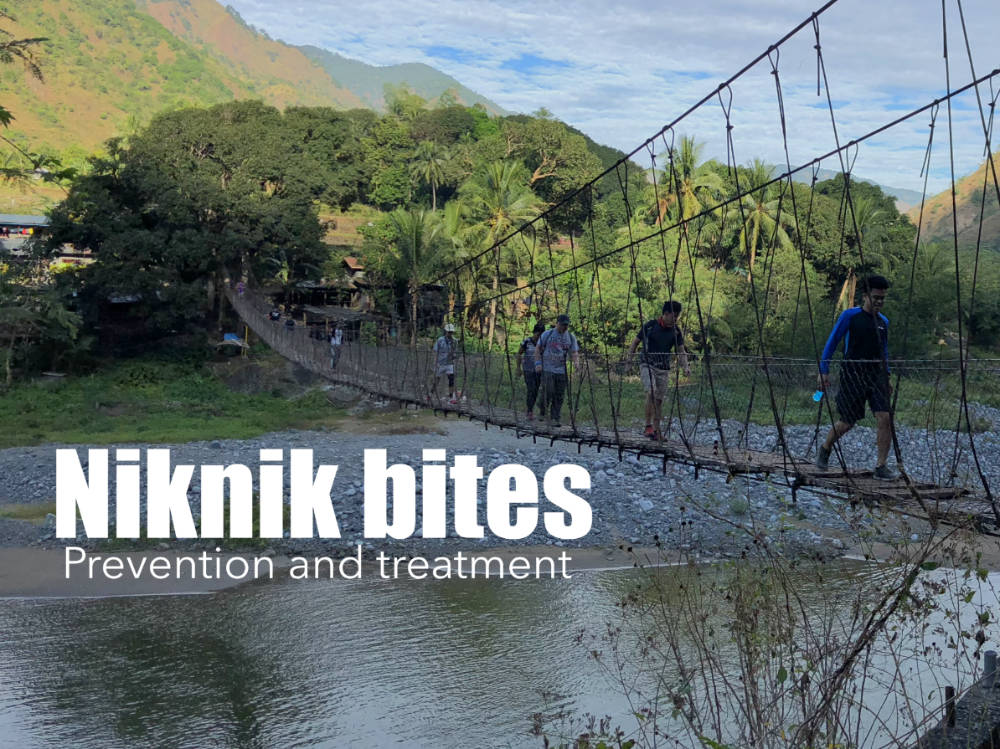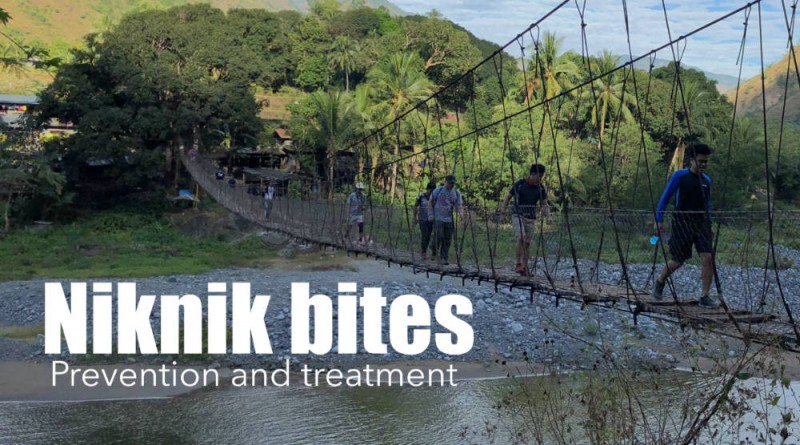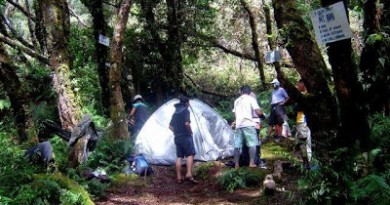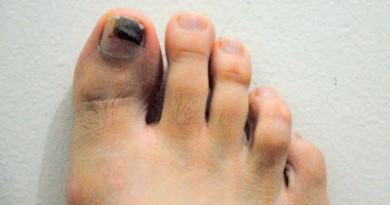Nick the ‘niknik’: How to prevent and treat gnat and sandfly bites

by Gideon Lasco, MD
More feared by mountaineers than mosquitos and perhaps even the notorious limatik, niknik are a group of tiny insects also known as gnats, sand flies, or sand mites. They thrive in riverbanks and coastal areas but have a broad geographic range; some species may have a predilection to certain weather conditions. Interestingly, only female niknik actually bite humans. Males just feed on flowers and plants. This is because females need protein to produce eggs.
Just like the limatik, niknik secrete anticoagulants, which cause the allergic reaction that cause the severe pruritus (itching). Symptoms of the bite – particularly itching – can persist for weeks; some individuals are more sensitive to insect bites than others.
Here are some ways to prevent niknik bites.
- Know your hiking destination. Is it a niknik-prone mountain? If so, where in particular are they found? Avoid stopping or taking breaks in those places.
- Apply insect repellant. Off Lotion and other repellants with DEET have been reported to be effective in warding off gnats and similar insects. Citronella is a natural alternative.
- Scents emanating from citrus fruits (i.e. orange and lemons) have also been reported to have some preventive effect vs. gnats and flies. There is no guarantee that this is effective, but it will not hurt to include oranges, dalandan, and the like as part of your trail food.
- Wear bright colors. Some studies suggest that some species of flies are attracted to certain colors like blue and black. I do not think there is sufficient evidence to back this for insects in general and niknik in particular but there is no harm in trying out this tip, especially since wearing bright colors is more advisable for hikers anyway.
What if you already had a niknik bite? What are the treatment steps for it? Importantly, go to the hospital immediately the bite marks are expanding rapidly and you are having difficulty breathing – this can be a sign of a severe allergic reaction.
Otherwise, in most cases, here are the reasonable measures to take:
- Clean the bite areas. Soap and water will suffice, but you can also use alcohol or even vinegar – which is reported by some to be effective and soothing.
- Consider taking antihistamines. There are over-the-counter antihistamines that can help tone down the allergic reaction and control the sensation of itchiness.
- Alternative treatments such as applying a decoction of guava leaves or extract from citrus have been reported to help.
- Do not scratch the bites! Scratching niknik bites can worsen the itchiness, injure the skin and cause a secondary bacterial infection.
- Consult a doctor (any general practitioner, family physician, or dermatologist) if the bite marks are growing, if the itch is getting more severe, if you have fever and other symptoms, or if the bites are still there after 1-2 weeks.
Do you have any experiences with niknik or tips you’d like to share? Send us your feedback at info@pinoymountaineer.com.






Leave a Reply
Be the First to Comment!